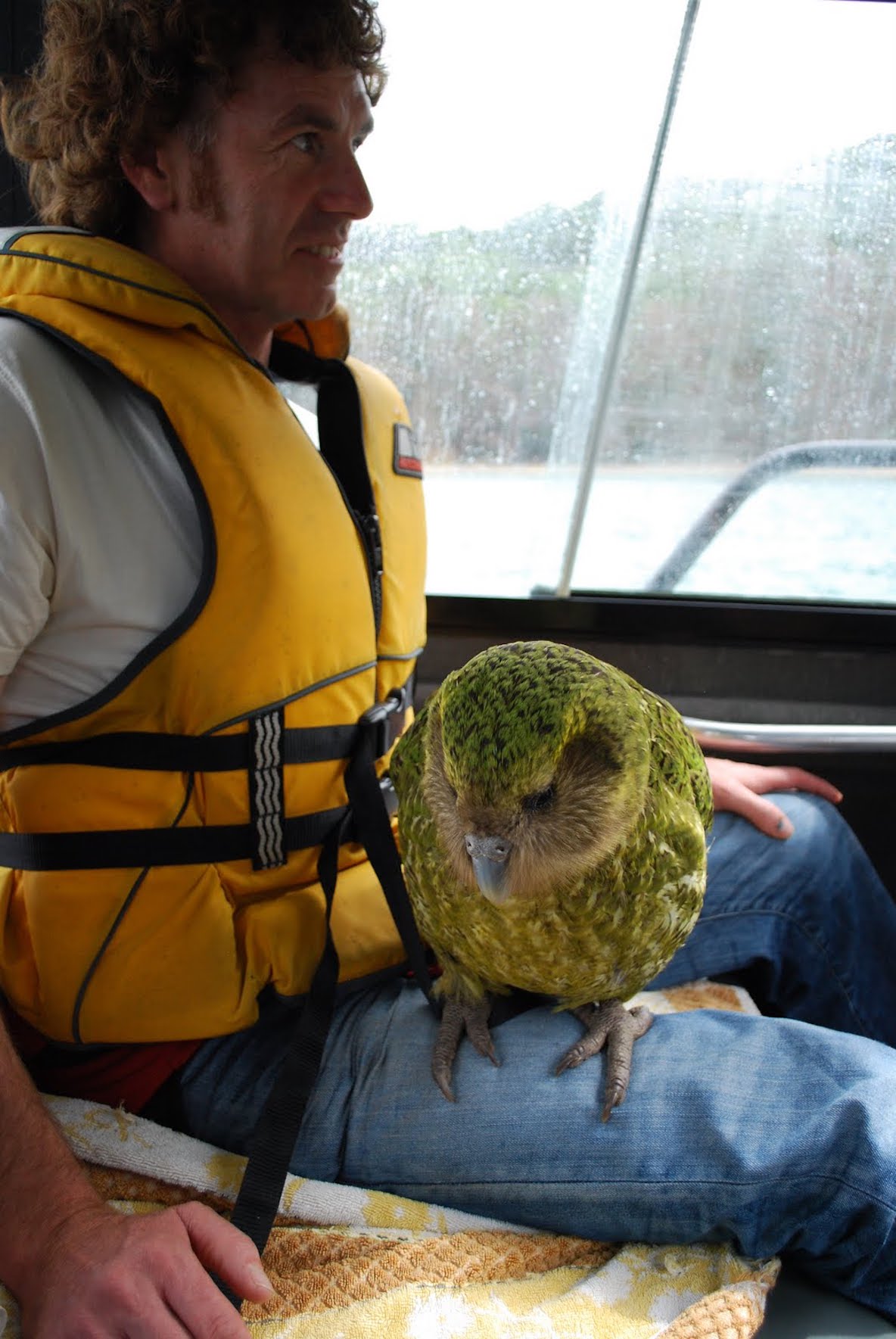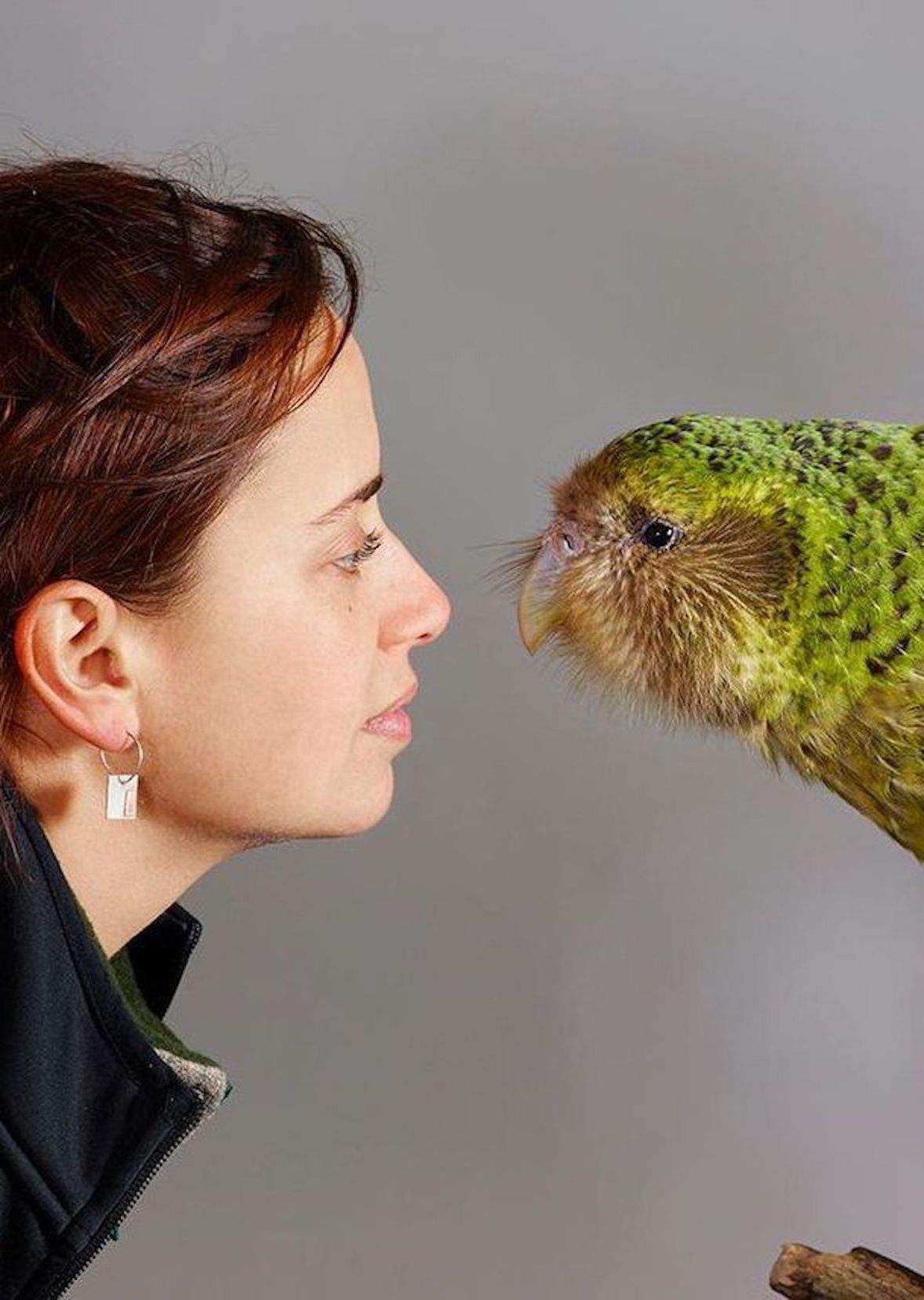
Sirocco
If you were asked to mention any native NZ bird, chances are the kiwi would be one of your first choices. With a population of around 60,000 bird’s, the kiwi is without a doubt, a rare NZ treasure. However, many NZ birds are right on the brink of extinction and deserve the same level of attention. In the last 10 years, one male bird has become a media superstar and an ambassador for his own kind. He’s a flightless, nocturnal parrot and one of only 125 individuals left in the world.
Sirocco the Kakapo. Sirocco isn’t like most Kakapo. Born in 1997 with a severe repertory infection, he needed extra special attention in order to survive. Treating Sirocco meant he had to be isolated from other Kakapo and hand raised. Shortly after three months of rigorous treatment he started to build up a strong and healthy immune system but unfortunately Sirocco became imprinted on humans and as a result he doesn’t know he’s a bird – instead he thinks he’s just like you and me.
It started to become a concern when minders realized Sirocco showed no interest in mating, that is until one little act made him a viral star!! In 2009, while a BBC documentary was being filmed in NZ, Sirocco tried to mate presenter Mark Cawardine. The video of Sirocco furiously humping Cawardine as co presenter Stephan Fry was in stitches made Sirocco an overnight superstar and donations to kakapo recovery haven’t stopped rolling in ever since.
Sirocco remains a wild bird in that he does not live in captivity, but he has visited several places in the last few years – on tour as ambassador for his species. He had several short-term stints in captivity between 2005 and 2009 on Ulva Island, a Stewart Island bird sanctuary and also at Auckland Zoo, where he went on display to the public.
Like many NZ endemic species, Kakapo play a huge role in NZ’s history and identity. There’s hope for species like Kakapo but only if future generations are educated on their significance and importance.

